Analysis of Political Reform and Regional Politics in Indonesia
VerifiedAdded on 2022/09/08
|5
|939
|19
Essay
AI Summary
This essay provides an in-depth analysis of the political landscape of Indonesia, focusing on the period following the fall of the Suharto regime. It examines the significant political changes, including the shift from an authoritarian government to a more decentralized system, and the resulting instability. The essay highlights the debates surrounding the need for a federal versus a unitary state, and the economic disparities that arose from the distribution of resources and power between the central government and the regions. It explores the impact of these political and economic factors on the social fabric of the country, with specific examples from regions like South Sumatra, Riau, and East Kalimantan. The analysis draws upon I Ketut Putra Erawan's essay, "Political Reform and Regional Politics in Indonesia," and discusses the implications of these changes for the country's future. The essay also touches on the demand for decentralized state to distribute power among different stakeholders and how it impacts the states wealth.
1 out of 5
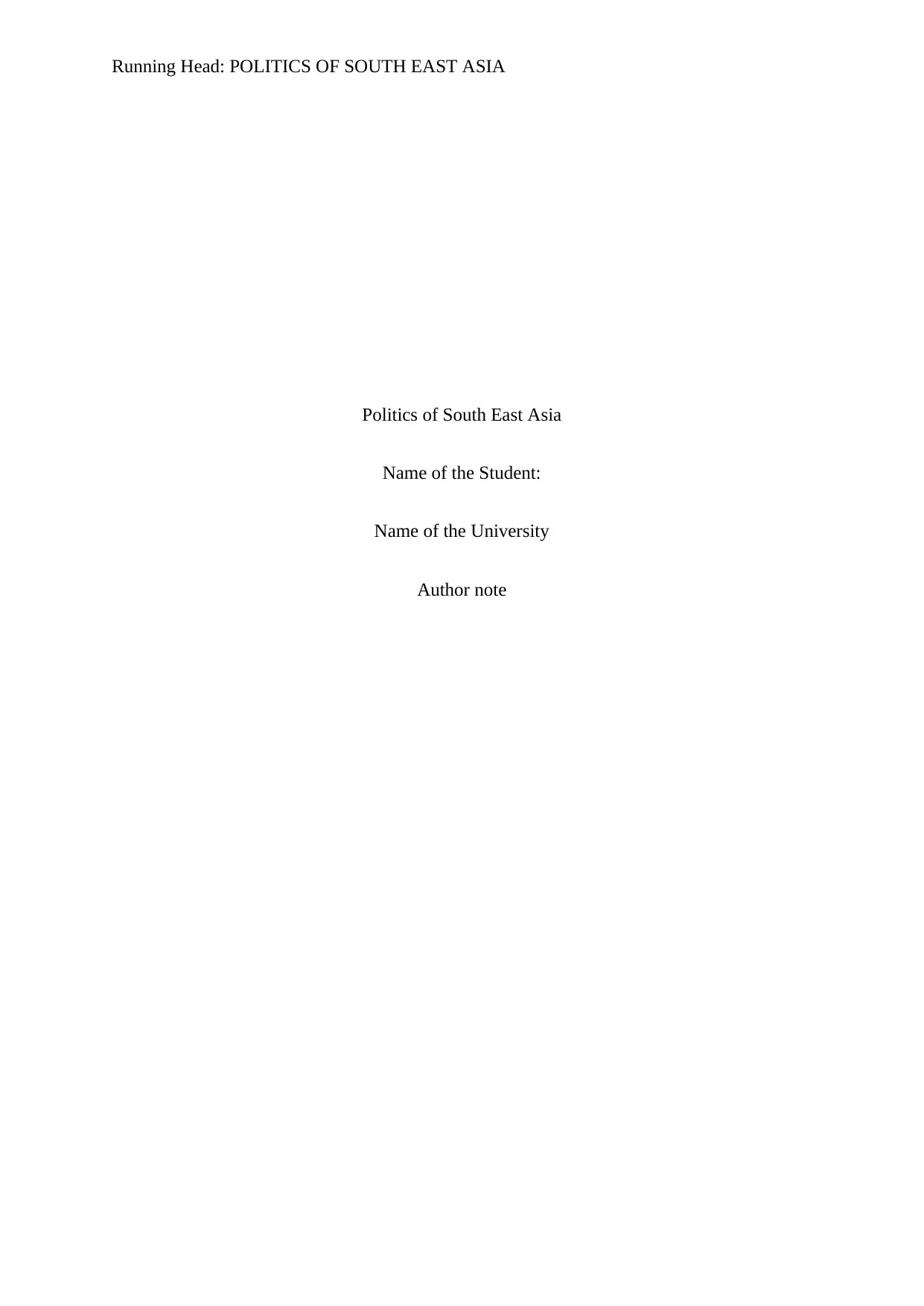
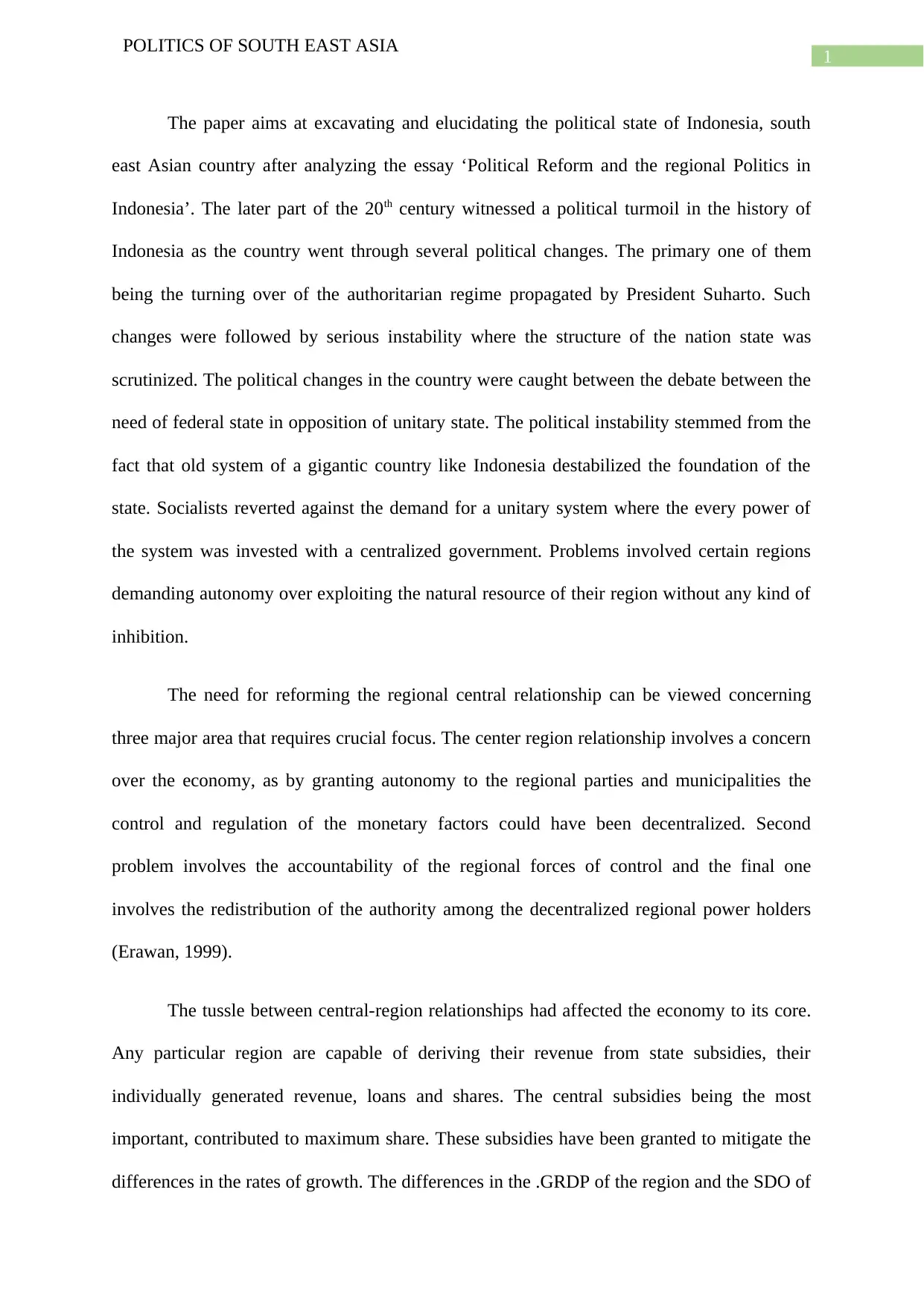
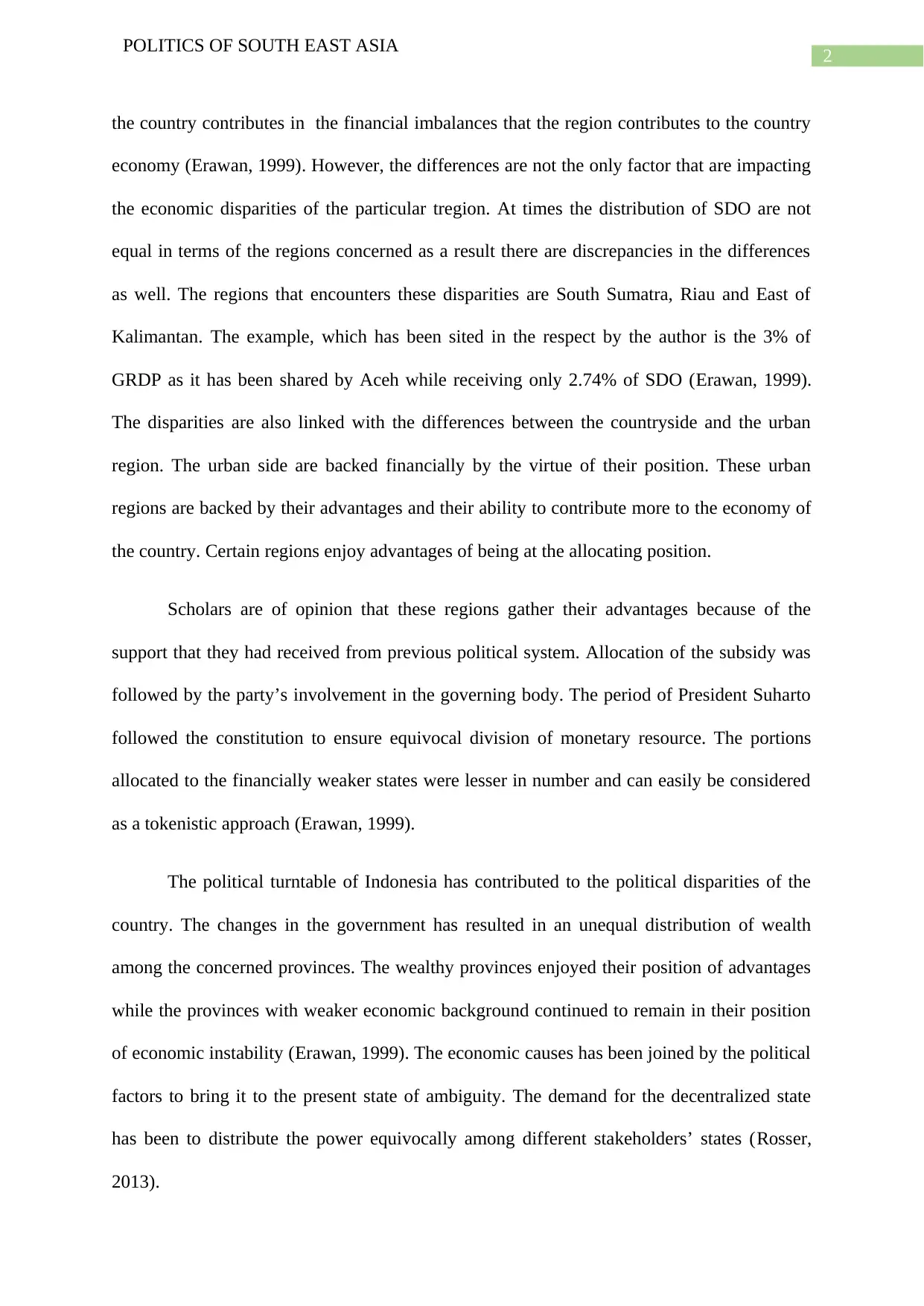

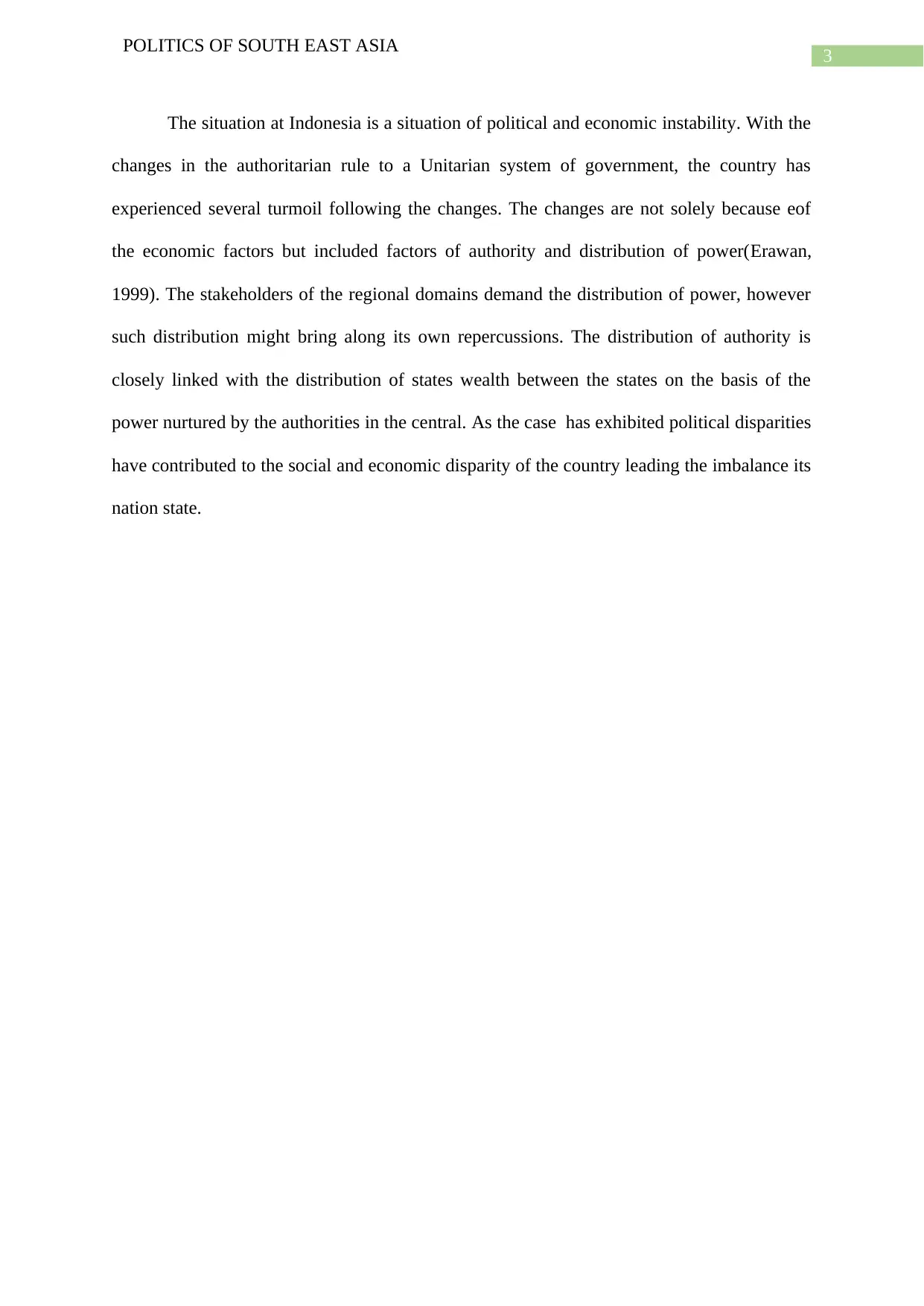
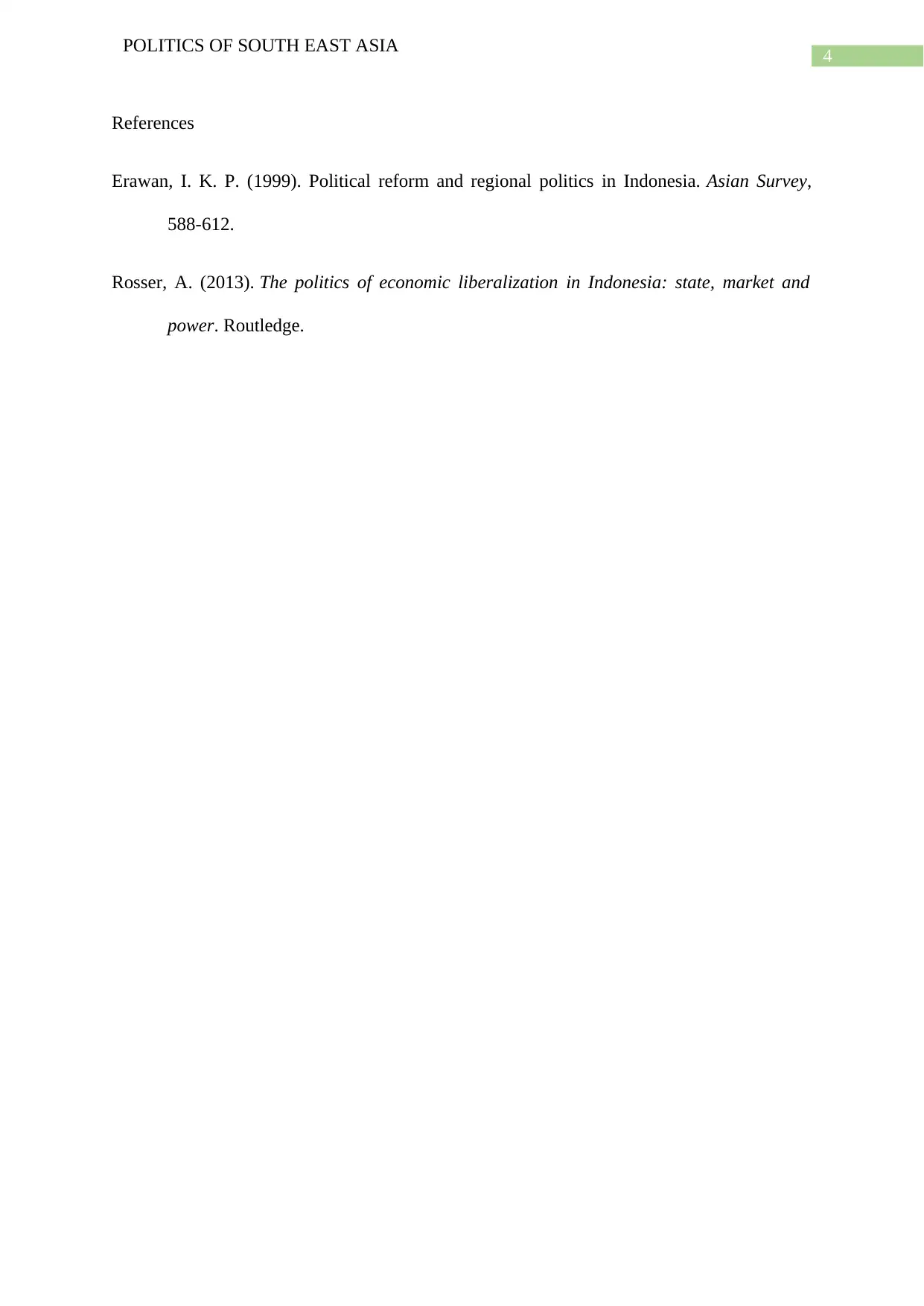
![[object Object]](/_next/static/media/star-bottom.7253800d.svg)